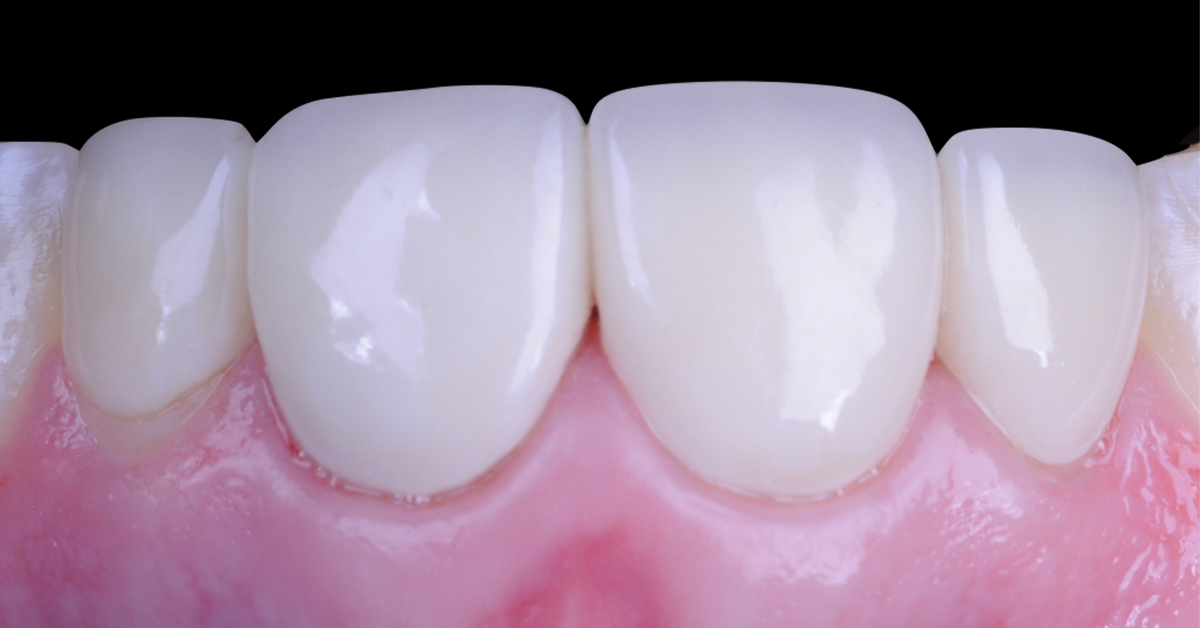In the world of so many generations of materials and multiple clinical approaches, how to properly seat a restoration for clinical success and longevity can be quite a dilemma. As dental materials get further improved and refined, dental cements have followed suit, becoming generally stronger and more durable. Even so, choosing the proper cement for each application has become a much more complicated process. There are multiple factors that can influence the selection of cement for indirect restorations such as substrate, retention, isolation, esthetics, and bond strength. The large variety of cements and indirect restorative materials makes it possible to create the ideal restoration for each patient, but it also makes it easy to get overwhelmed.
Now, more than ever, clinicians need a way to simplify these decisions and find a cementation system that that can bond reliably, even in complex situations. Resin-modified glass ionomer cements have been around for over two decades. They contain a small percentage of resin that provides strength and resistance to dissolution while maintaining the advantages of conventional glass ionomer cements such as moisture tolerance, fluoride release, and chemical bond to tooth structure. Resin-modified glass ionomer (RMGI) cements are excellent choices for a variety of different applications, making them a great material to keep on hand. RMGI cements are especially useful in areas where isolation is difficult or impossible because of their natural moisture-tolerance. For retentive restorations, they offer the best balance of ease of use, speed, and protection. For geriatric and high caries risk patients, RMGI cements can help promote oral health by releasing fluoride into the mouth.
What to look for in a resin-modified glass ionomer cement:
- Compatible with zirconia, PFM, and lithium disilicate restorations
- Rechargeable fluoride release and moisture-tolerance
- Simple protocol with no primer required
- Tack-cure feature that reduces cleanup time to seconds
- High radiopacity for easy visualization
- Ergonomic syringe delivery
Meet GC FujiCEM Evolve
The GC FujiCEM brand has been a long-trusted name in RMGI cements, depended on for two decades with over 150 million restorations completed worldwide since 2001. GC FujiCEM 2, powered by GC’s patented F2 Flex Fuse Technology, incorporated new high-elastic crosslinking monomers with a modified filler-surface treatment to increase strength properties all around offers strong retention, sustained fluoride release, and virtually no postoperative sensitivity.
The newest iteration, GC FujiCEM Evolve, has all the best properties of the previous generations and more! GC FujiCEM Evolve is Dental Advisor’s Editors’ Choice with an excellent +++++ rating and has won the Top RMGI Cement award for two consecutive years! It is optimized for zirconia restorations (i.e. GC Initial Zirconia Disk), and has strong retention, easy clean up, high radiopacity and a rechargeable fluoride release! GC FujiCEM Evolve also features a new three-second “tack cure” due to a new photo initiator, making cleanup quick and easy.
GC FujiCEM Evolve is even brighter and less chromatic than its predecessors, improving its esthetics qualities. The product also features an all-in-one syringe so there’s no need for a separate dispenser. The new dispenser allows for easy extrusion with one hand, combined with the ideal viscosity needed for easy placement.
GC FujiCEM Evolve also boasts a very simple luting process, which is less technique-sensitive than that of a resin cement. As the material is moisture-tolerant, there is no need for a rubber dam. The one-step application also removes the need to pre-treat the tooth surfaces. With a long working time two minutes and 15 seconds and a short setting time of four minutes and 30 seconds, GC FujiCEM Evolve is the ideal choice for zirconia, metal alloys, PFM and lithium disilicate. The superiority of GC FujiCEM Evolve has been validated by third-party studies. GC FujiCEM Evolve exhibited the highest bond strength to zirconia among the RMGI cements tested by Dental Advisor.1
Clinical cases:
Cementation of PFZ crowns – Courtesy of Dr. Víctor Cedillo Félix
Cementation of zirconia bridge – Courtesy of Dr. Jeff Lineberry
Speak with your Patterson representative to learn more about GC FujiCEM Evolve or GC’s line of cements.
Reference:
1. Cowen et al, Comparison of Different RMGI Cements Bond Strength to Zirconia, J Dent Res 99 (Spec Is A): #1316, 2020













You must be logged in to post a comment.